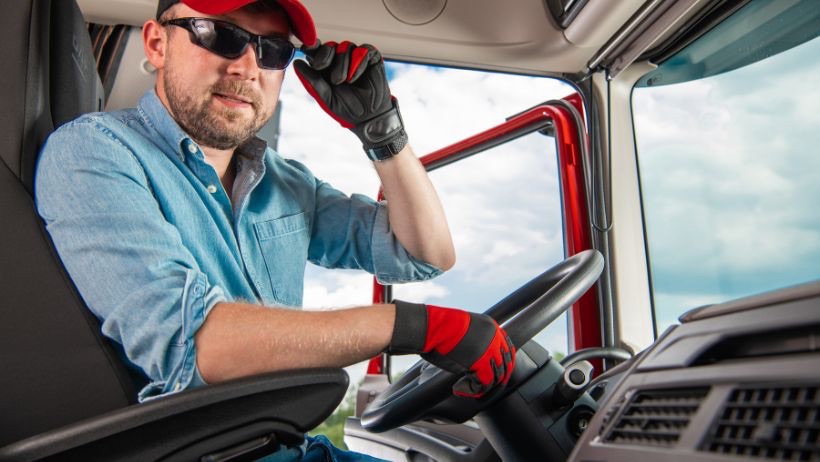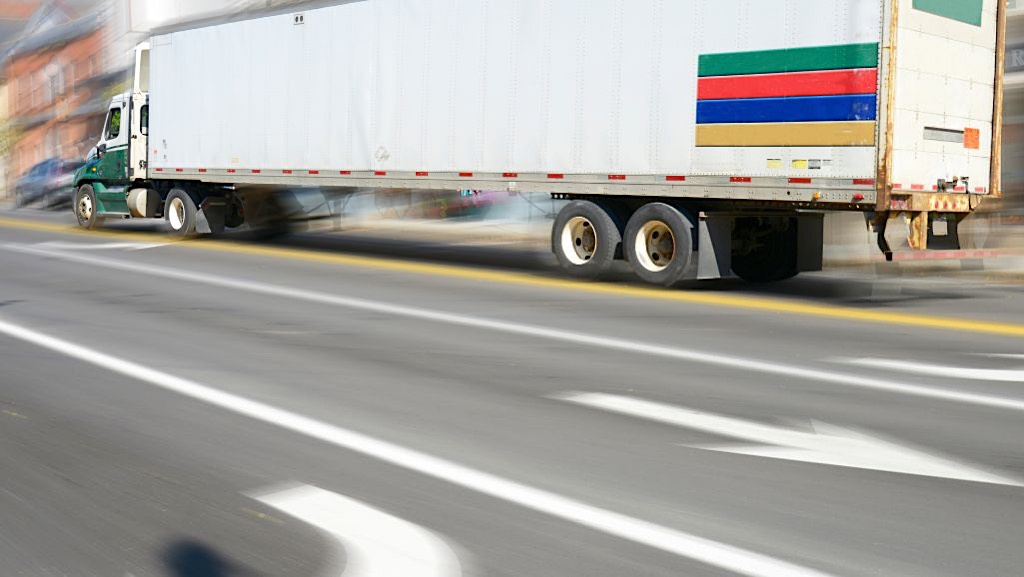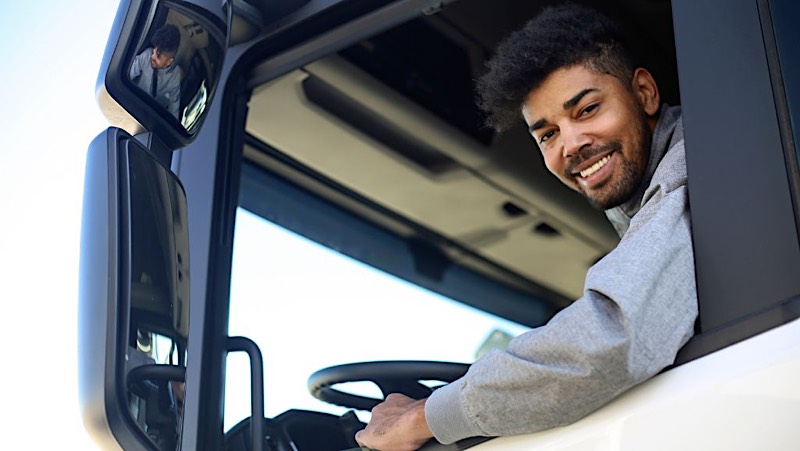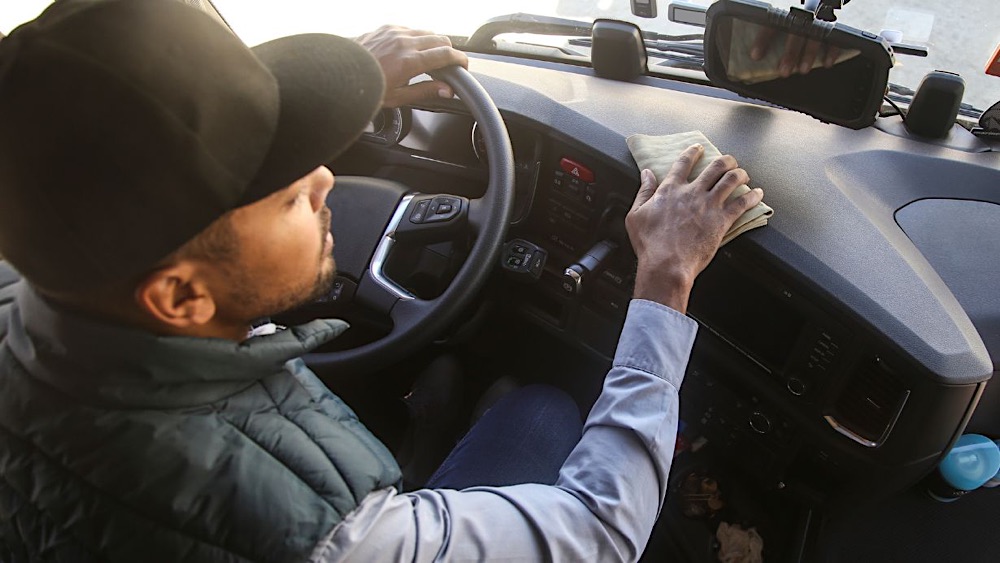
Fleet insurance is a specialized insurance policy for businesses that operate multiple vehicles. It enables companies to insure all their vehicles under a single policy rather than having separate insurance for each car or truck. This type of coverage is essential for businesses that depend on a fleet of vehicles for their operations, such as delivery services, construction companies, or transportation firms.
Why Fleet Insurance is Crucial
Fleet insurance helps businesses with multiple vehicles in several ways:
- Cost Efficiency:By bundling coverage for numerous vehicles, fleet insurance often results in lower premiums compared to insuring vehicles individually.
- Simplified Administration:Managing one is much easier than dealing with multiple insurance contracts and renewal dates.
- Risk Management:Fleet insurance can reduce the financial risks associated with vehicle accidents, theft, or damage, ensuring smooth operations.
- Legal Compliance:Many regions require suitable insurance for businesses operating vehicles.
- Driver Flexibility:Fleet policies typically allow any authorized driver to operate any insured vehicle, providing businesses with operational flexibility.
Bundled Policies Benefits
One of the primary advantages of bundling for fleet owners is the potential for substantial cost savings. Businesses can save 10% to 20% on premiums by bundling multiple policies.
Some insurance providers offer multi-policy discounts that can lead to savings of 20% or more. The more policies bundled together, the greater the potential for savings.
Bundling streamlines insurance administration for fleet owners. All vehicles are covered under one policy, making it easier to manage and track. Businesses receive one consolidated invoice for all bundled policies, reducing paperwork and simplifying payments.
Bundling can enhance fleet protection, allowing customized packages that address all aspects of a commercial trucking operation. It minimizes coverage gaps by protecting all vehicles and related risks.
Fleet insurance bundles offer flexibility since owners can tailor policies to cover various types of vehicles, including cars, vans, trucks, and heavy equipment. Coverage can start with as few as two vehicles and scale up as the business grows.
Bundling policies can lead to a stronger relationship with the insurance provider. They are more likely to offer loyal customers with bundled policies personalized support and tailored advice.
Fleet Policy Management
Simplified management is a fundamental benefit of bundling fleet insurance policies. It streamlines operations and reduces administrative burdens in several ways:
Centralized Policy Management
Bundling insurance policies allows fleet owners to manage all their coverage under one policy, making it easier to track and manage. There is only one renewal date and one point of contact, simplifying and maintaining continuous coverage.
Streamlined Administrative Tasks
The consolidation of policies means significant time and effort savings:
- With all coverage under one policy, there's less documentation to manage and file.
- Fleet owners receive one consolidated bill for all bundled policies.
- Businesses must deal with only one insurer, streamlining the claims process.
Enhanced Efficiency
Bundling insurance for fleets contributes to overall operational efficiency:
- It frees up time and resources.
- Reduced risk of missed payments or lapses in coverage.
- All vehicles and related risks are adequately protected, minimizing coverage gaps.
In conclusion, the simplified management offered by bundling fleet insurance policies translates to significant time savings, reduced administrative overhead, and improved business operational efficiency.
Contact Us for the Best Prices on Fleet Insurance!
We are independent brokers here at American Insuring Group. Our agents search the market for the best quality insurance rates that match your needs!
Call us today at (610)775-3848 or online for the best commercial auto and truck insurance rates!



 Today, auto insurance
Today, auto insurance  Keeping commercial truck drivers healthy and safe is a win for everyone. It minimizes the risk of driver injuries and fatalities, lowers the risk of damage to trucks and cargo, decreases driver turnover, reduces
Keeping commercial truck drivers healthy and safe is a win for everyone. It minimizes the risk of driver injuries and fatalities, lowers the risk of damage to trucks and cargo, decreases driver turnover, reduces  Cargo theft can increase
Cargo theft can increase  Your
Your  We focus a great deal of time on safety to lower
We focus a great deal of time on safety to lower  One way to lower
One way to lower  When we think of ways to lower the number of claims to reduce
When we think of ways to lower the number of claims to reduce  When we think about factors that increase
When we think about factors that increase 




